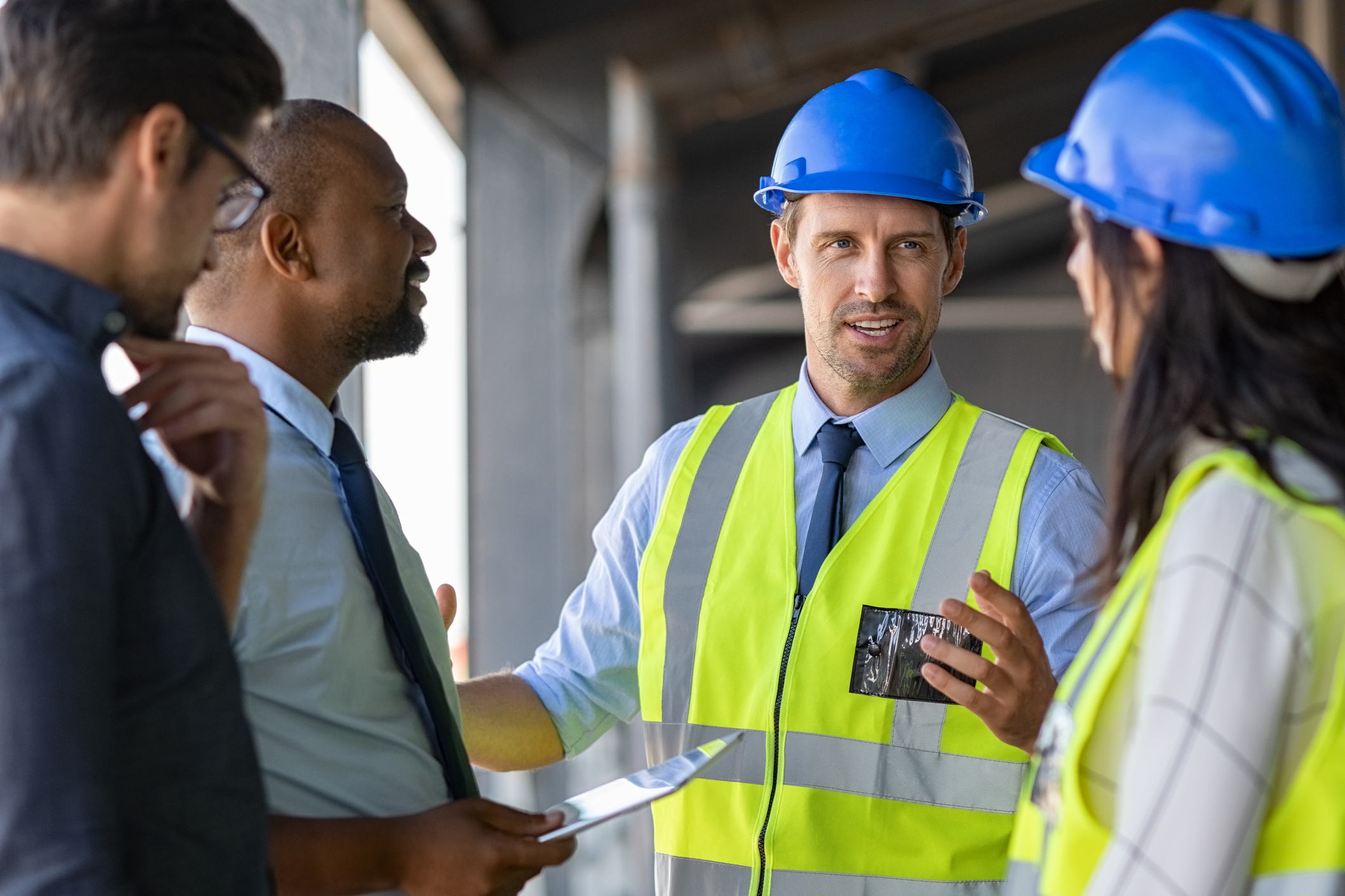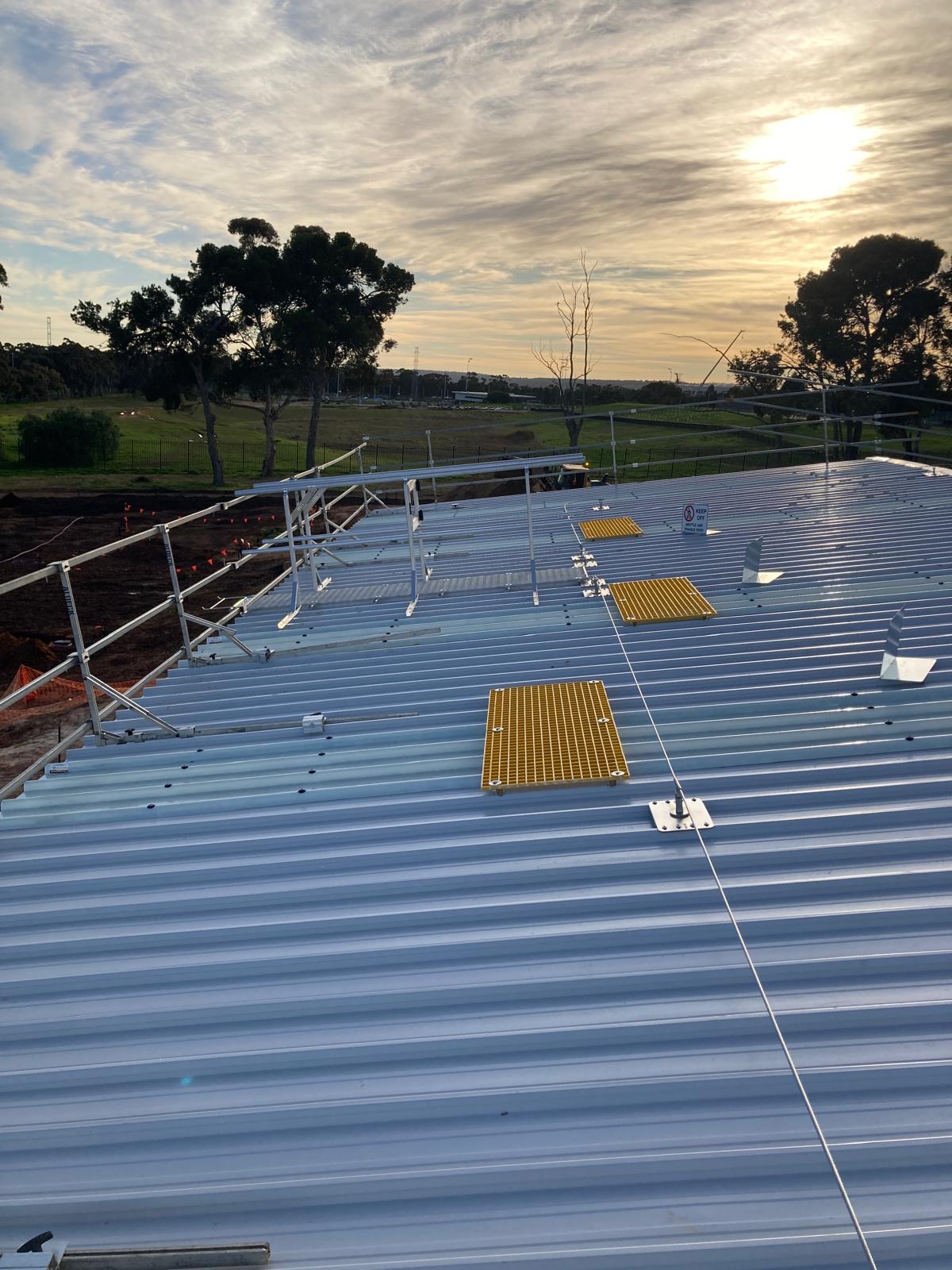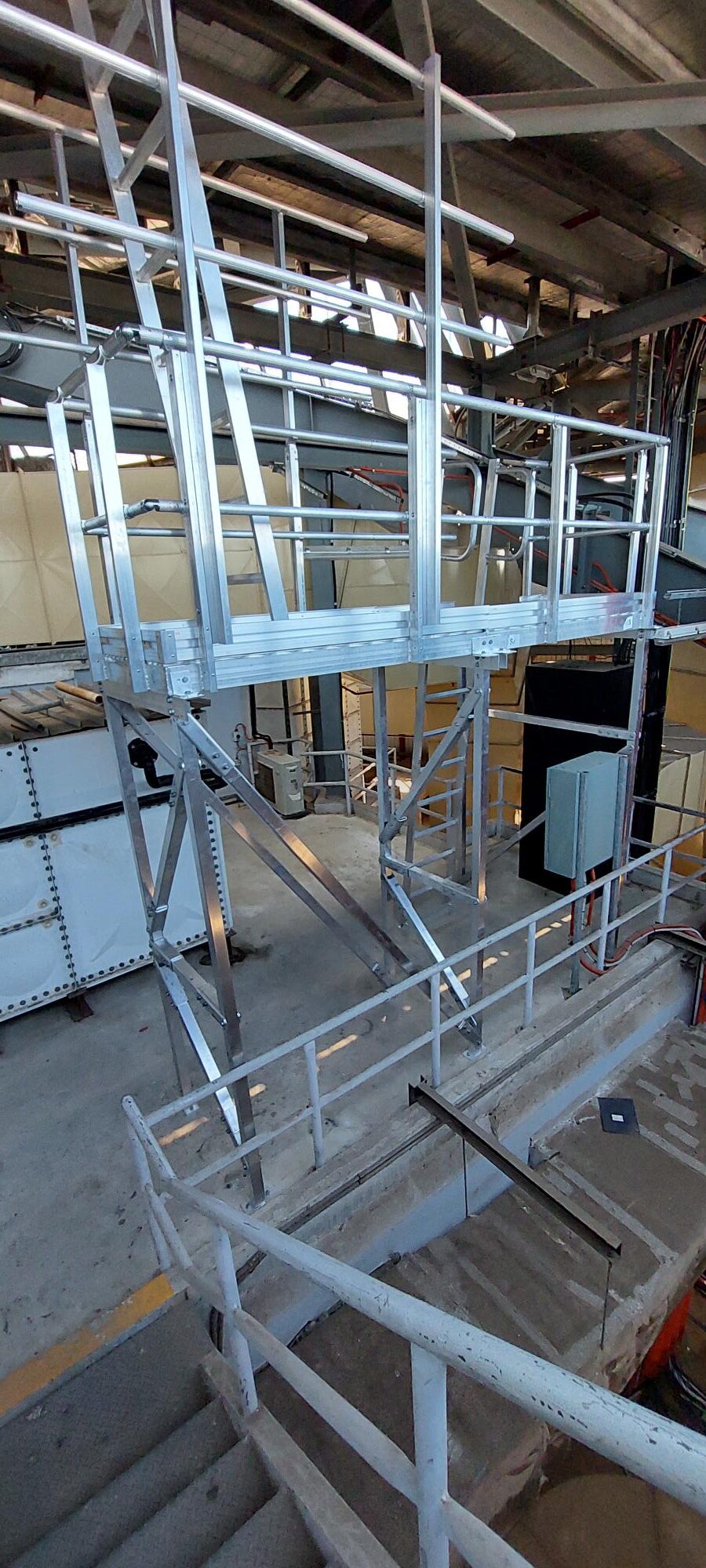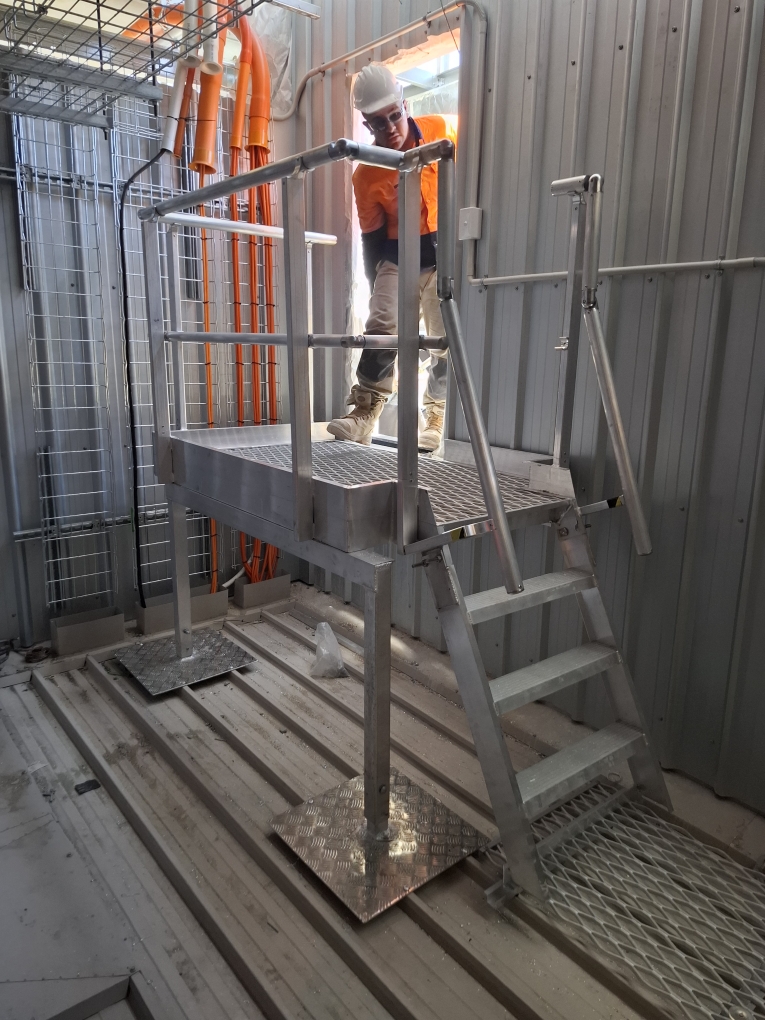As a Person conducting a Business or Undertaking (PCBU), such as a building owner or manager, you are responsible for the safety of all workers operating at heights on your site. Sounds straightforward enough, but it’s important to stay up-to-date on what those responsibilities are. Here’s a breakdown to ensure you stay on top of your obligations.
1. Learn the hierarchy of controls for safely working at heights.
A hierarchy of control ensures that you can best determine the highest level of control for particular height hazards. The five levels to be considered (from highest to lowest level) are as follows:
- Elimination. Can the work be done on the ground to avoid working at heights completely?
- Can the work be completed using fixed safety systems such as platforms and walkways?
- Engineering controls. If the hazard can’t be removed, can passive protective equipment such as barriers be implemented to isolate the risk and prevent injury?
- Administrative controls. Are the existing procedures appropriate for the work being undertaken? Is there room to improve them to further reduce risk?
- PPE. If the work can be completed safely with PPE, ensure all workers are fully trained on the operation of the equipment.
2. Keep up to date with industry acts, codes, standards and guidelines.
This is a big one, purely because as Acts are amended then codes, standards and guidelines follow suit. It is imperative to stay on top of these changes to know what they mean for you and your workers. Standards and guidelines do differ from state to state as well, so taking time to make yourself aware of changes at a federal as well as state level is important. Websites such as SafeWork Australia are good places to revisit regularly to stay updated on changes.
3. Plan for the work tasks to be completed in a safe and compliant way, and ensure the workers follow this plan.
This doesn’t mean ensuring the necessary equipment is there and leaving workers to it. Ensure that your workers feel comfortable with the height safety tools and systems to hand and that they have been trained and can operate them confidently. Make clear all steps and procedures associated with the operation of equipment and that all workers can use them before letting them get on with the job under appropriate supervision. Scheduling in regular toolbox meetings to communicate plans is the most effective way to get the message across to your team and, most importantly, hear their feedback to identify any knowledge gaps or safety concerns.
4. Inspect your access and fall protection equipment regularly.
Regular site and system inspections and audits are essential to ensure that the most appropriate safety systems are in place for your site needs, and that they are compliant with national safety standards. Regular inspections may also identify potential risks before they become major issues, saving you complications down the track. If you’re due for a site inspection or system audit, get in touch with our team.
5. Review and update your working at height procedures and practices as appropriate
Workplaces are agile by nature – site conditions change and staff come and go, which changes the level of expertise and experience within your team. Regular reviews of height safety procedures and policies are necessary to ensure clarity and consistency. Keep close track of staff training and encourage your team to come forward if they have questions or concerns about procedures or use of equipment. Communication is critical and the best way to gain a true sense of the effectiveness of practices and procedures is to speak to the people implementing them every day.
Being accountable for workplace height safety is the most important step you can take to mitigate risks and reduce tragedies in Australia’s workplaces. And while good practices and management starts from the top, it’s up to every member of staff, be they employees, contractors, facility managers or height safety installers, to practise duty of care to ensure a safe workplace for all.



